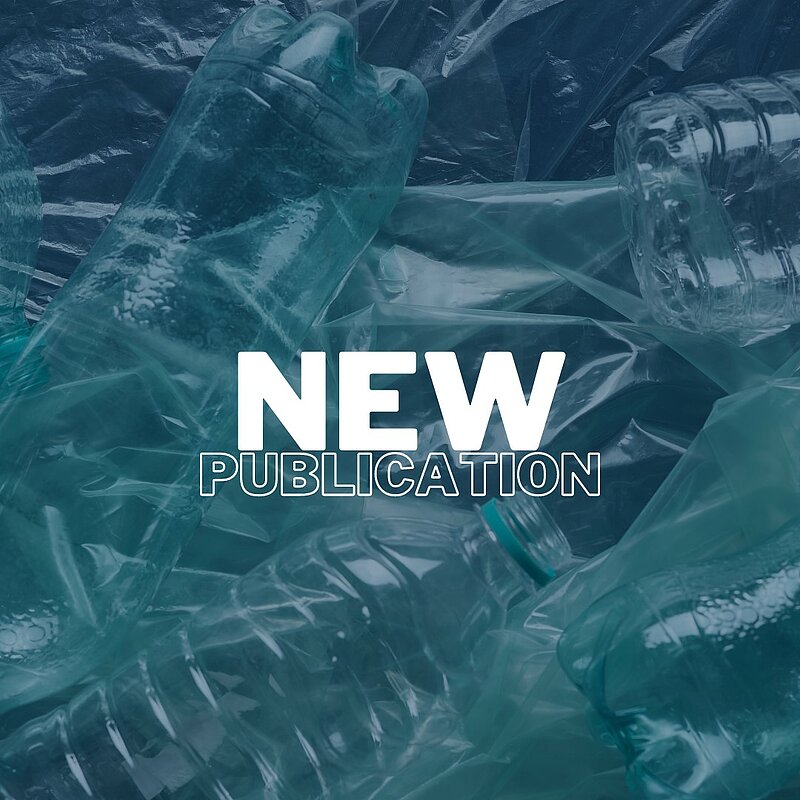Polyhydroxyalkanoates (PHA) are a family of biodegradable and biocompatible plastics with potential to replace petroleum based plastics. Diversity of PHA monomer structures provides flexibility in material properties to suit more applications. In this study, 5-hydroxyvalerate (5HV) synthesis pathway was established based on intrinsic alcohol/aldehyde dehydrogenases. The PHA polymerase cloned from Cupriavidus necator functions to polymerize 5HV into its copolymers in ratios ranging from 8% to 32%. Elastic copolymer P(85% 3HB-co-15% 5HV) was generated with an elongation at break and a Young's modulus of 1283% and 73.1 MPa, respectively. The recombinant H. bluephagenesis was able to convert various diols including 1, 3-propanediol, 1, 4-butanediol and 1, 5-pentanediol into PHA, leading to 13 PHA polymers including transparent P(53% 3HB-co-20% 4HB-co-27% 5HV) and sticky P(3HB-co-3HP-co-4HB-co-5HV). The engineered H. bluephagenesis was successfully grown in a 7-L bioreactor to produce the highly elastic P(85% 3HB-co-15% 5HV) and the sticky P(3HB-co-3HP-co-4HB-co-5HV), demonstrating their potential for industrial scale-up.
Click here to get access to the full article.


